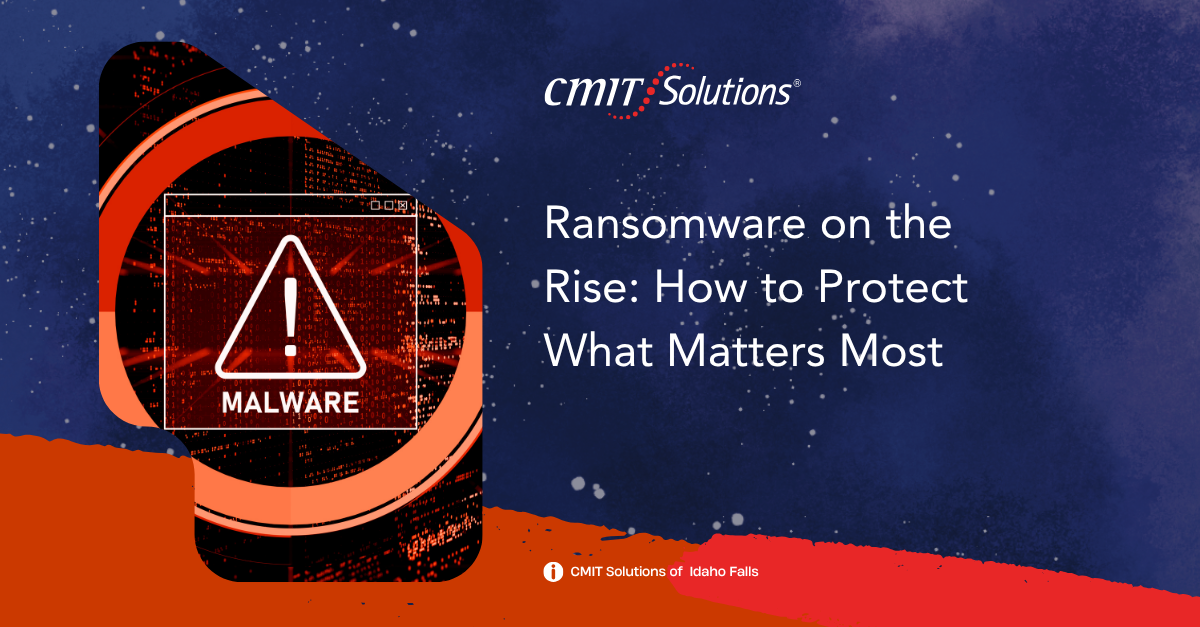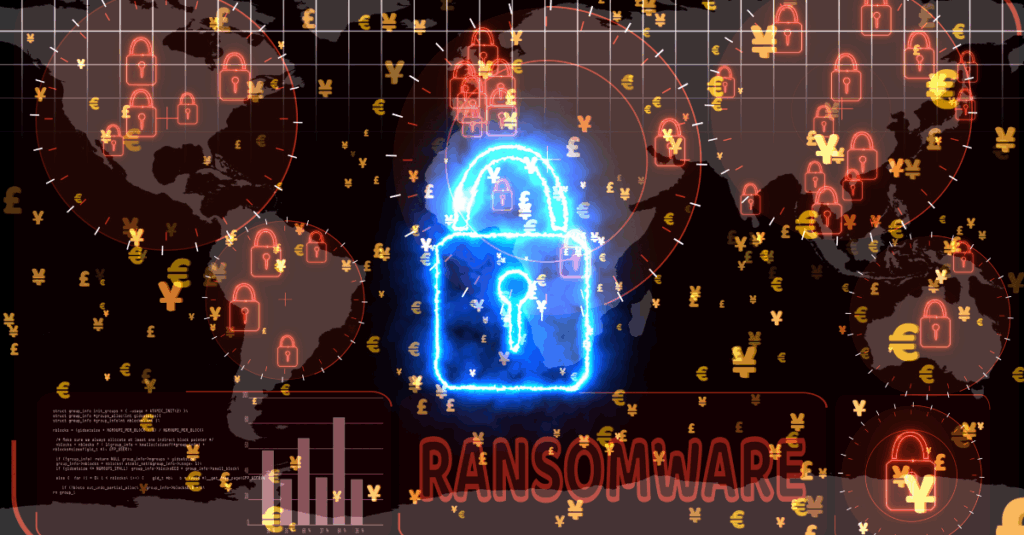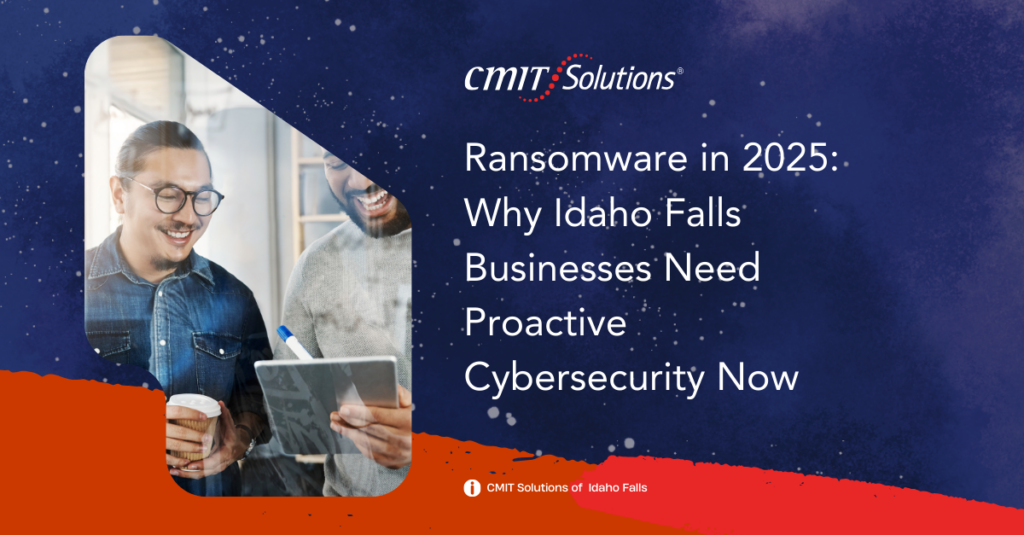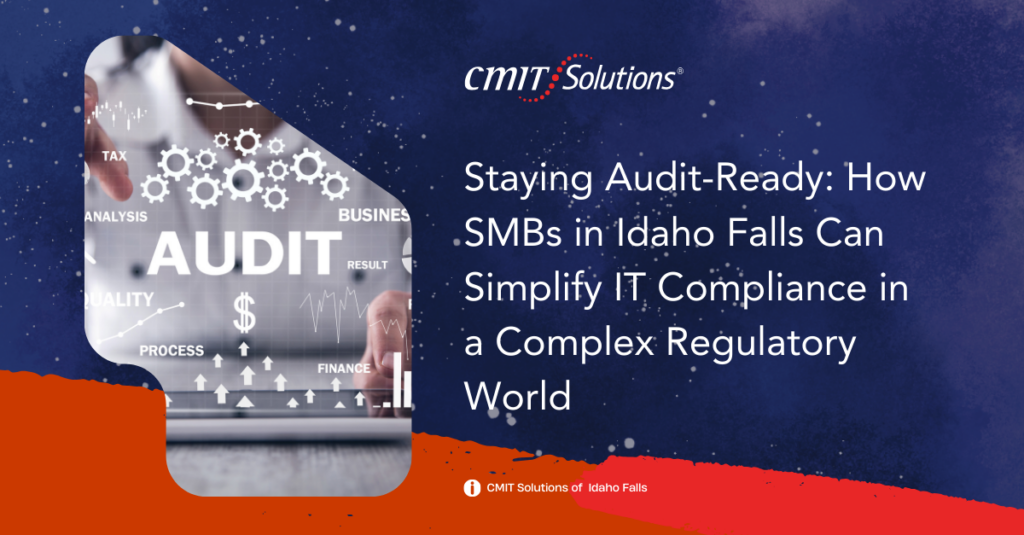Ransomware attacks are accelerating in both frequency and sophistication, and Idaho Falls businesses are squarely in the crosshairs. Modern crews steal data before they encrypt it, threaten to leak it if you don’t pay, and pivot through cloud apps and VPNs faster than traditional defenses can react. Below is a roadmap—built for small-to-midsize organizations—showing exactly how to shift from anxious reactivity to confident resilience.
The Modern Face of Ransomware: More Sophisticated, More Dangerous
Yesterday’s locker-style ransomware simply encrypted files. Today’s variants combine double extortion (encryption + data-theft), exploit unpatched cloud services, and even attack backups. Local incident reports in Ransomware in 2025 show attackers using AI to pick targets with weak multifactor authentication and legacy antivirus. In short, relying on “good enough” endpoint tools or outdated signatures is no longer viable.
Why SMBs Are Now Prime Targets
Cyber-crime groups know smaller firms:
- Run lean IT teams and may still depend on break-fix vendors.
- Store valuable data (payroll, customer records) but lack enterprise-grade defenses.
- Use many SaaS apps without centralized monitoring, creating shadow-IT blind spots.
Attackers weaponize those gaps. If your company still operates a reactive model, consider why so many peers are switching to managed IT support to raise the baseline.
What’s at Stake: Beyond Financial Losses
A ransom demand is only the first hit. You also risk:
- Operational downtime—each hour offline bleeds revenue (see True Cost of Downtime).
- Brand damage when breached data surfaces on leak sites.
- Regulatory penalties if you handle HIPAA, PCI-DSS, or state-protected data.
- Cyber-insurance premium spikes or outright policy cancellation.
Legal teams now press for audit-ready controls; Idaho Falls firms use the framework in Staying Audit-Ready to sidestep fines and prove diligence after an incident.
Backup Isn’t Optional: It’s Your Last Line of Defense
Attackers now delete or encrypt on-site backups before issuing their demand. Counter them by:
- Storing immutable, off-site copies—ideally in a different cloud tenancy.
- Testing restores quarterly to verify speed and integrity.
- Separating credentials so backup admin accounts aren’t reused elsewhere.
The AI-driven recovery tactics in The New Gold Standard for Business Continuity show how machine learning can identify the exact moment of infection and rewind only affected files—saving hours of downtime.
Cybersecurity Awareness Training: Empowering Your First Line of Defense
Human error is still a top cause of ransomware breaches. Employees might click on phishing links, install rogue browser extensions, or share credentials unknowingly. That’s why regular cybersecurity training is essential. In-depth awareness programs educate staff on the red flags—like suspicious links or urgent-sounding messages from unknown senders. For instance, the browser extension threats article sheds light on how even small, trusted-looking plugins can open the door to ransomware.s.
Proactive Monitoring & Managed IT Support: Peace of Mind in Real Time
It’s no longer enough to react after an attack—you must detect it before it happens. This requires real-time monitoring, log tracking, and managed detection and response (MDR). Businesses that partner with managed service providers (MSPs) can leverage automated tools and expert support that continuously scan for threats, contain incidents, and update systems. For example, leveraging solutions from an MSP enables Idaho Falls companies to turn reactive risk into planned defense, as explained in strategic IT guidance for SMBs.
Conclusion: Building Cyber Resilience Starts Today
Ransomware isn’t just a headline—it’s a growing, evolving threat that targets businesses of every size, especially those without layered protection and modern IT practices. From SMBs in Idaho Falls to enterprises nationwide, no one is immune. The good news? You don’t have to face this risk alone or unprepared.
The path to cyber resilience begins with awareness and builds through action. This means reinforcing your endpoint protection, establishing secure and tested backups, and working with trusted partners to monitor and manage your IT infrastructure. As ransomware evolves, your defense strategies must evolve faster.
Whether you’re improving cybersecurity awareness training, deploying cloud-first configurations with the right controls, or investing in strategic IT support, each step fortifies your ability to withstand attacks and bounce back stronger. Now is the time to assess your vulnerabilities, review your backup protocols, and strengthen every link in your security chain.
Don’t wait for ransomware to dictate your future. Be proactive. Be protected. Be resilient.






